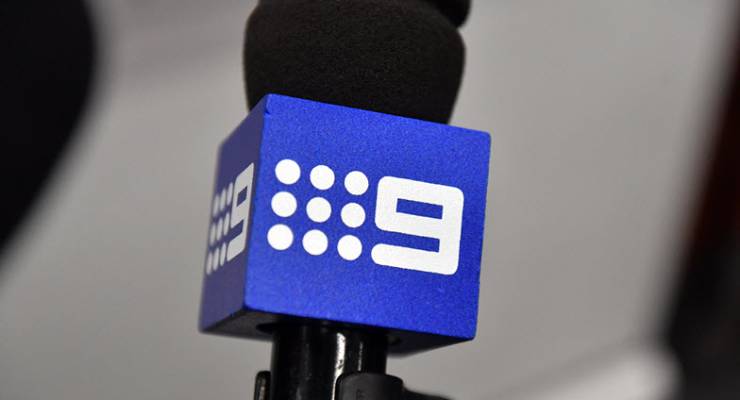
Was 2018-19 as good as it gets for Nine Entertainment?
Thanks to the initial sugar hit from taking over Fairfax, it enjoyed its highest revenue and profit. Judging by the weak forecast released today for the 2019-20 year, the previous year looks like being the peak everything.
As with other media companies, it is now dealing a slide in revenues and profit margins.
Only the still-growing Stan prevented Nine from reporting a weaker outcome for the six months to the end of December. The result was bolstered by $116 million in revenues and $35 million in earnings.
Stan is Australia’s number two streaming service behind Netflix. Continuing growth in Stan in the current half will be vital to offsetting the continuing weakness in revenue in TV, radio, newspapers, digital and online.
That weakness saw Nine join the downgrade club and lower its outlook for the year to June. Nine said it, expects “to report Group EBITDA at a similar level to the FY19 pro forma result (of $423.8 million)”.
That is much weaker than the “low single digital growth in EBITDA” forecast at the annual meeting in November 2019.
Nine directors explained in the latest statement: “Overall advertising market conditions across most categories have remained softer-than-anticipated for the start of 2020.
“Notwithstanding, Nine’s March quarter FTA (free to air) revenues are expected to be broadly flat, year-on-year as Nine’s superior ratings performance in 2019 and the start of 2020, has underpinned clear growth in revenue share.”
Because of changes to an accounting standard, the sale of assets and the takeover of Macquarie Media and its inclusion in the broadcast sector, it is very hard to make any meaningful comparison to a year ago.
Nine reported group EBITDA of $251 million and a net profit after tax of $114 million.
The result was weaker than expected but not as bad as that at Seven West Media, Prime Media or Southern Cross.
Seven West shares hit a new all time low of 17 cents on Tuesday (after touching 16.5 cents on Monday in trading). The shares have fallen more than 30% over the past week.
Nine’s were down 19% to $1.61 on Tuesday, from the most recent high of $2 a share on January 22. That has wiped $670 million of Nine’s market value (which is more than twice what Seven West is worth in total).
But the $2.75 billion value looks a touch less comfortable than the $3.4 billion on January 22.
As important as the interim results and unchanged dividend of 5 cents a share are, the most telling difference between Nine and the rest of the sector (including News Corp which has been bailing out Foxtel for most of the past year) was the ease with which it got its banks to agree to a new debt deal — totalling $625 million — in a quiet announcement on January 31.
That replaces a series of deals that started falling due this month. In a statement on January 31, Nine said the new deals contained the same terms and no restrictions on the use of funds.
Nine’s banks are happy that its new debt deal won’t crush the company which cannot be said by others in the sector.
And Nine does have Stan (which was half owned with Fairfax up until the takeover in late 2018) and that is at least providing growth.
The company said “Stan grew its active subscriber numbers to more than 1.8 million currently. The combination of ongoing subscriber build and the $2 price rise from March 2019 underpinned the 79% increase in Stan’s revenue across the half.”
That cannot be said for other parts of the business where changes to asset structures and sales have made comparison very difficult.
The publishing business is case in point. In its statement, Nine said: “Nine’s Digital & Publishing division includes Metro Media and Nine’s other Digital Publishing titles including Pedestrian, CarAdvice and nine.com.au. Together, Digital & Publishing reported revenue of $288 million, down 3% on [previous corresponding period].”
A year on from its takeover with Fairfax, the lower profit figures raise the question: is Nine about to cut costs?








Majority of StanStuff is abysmal dross.